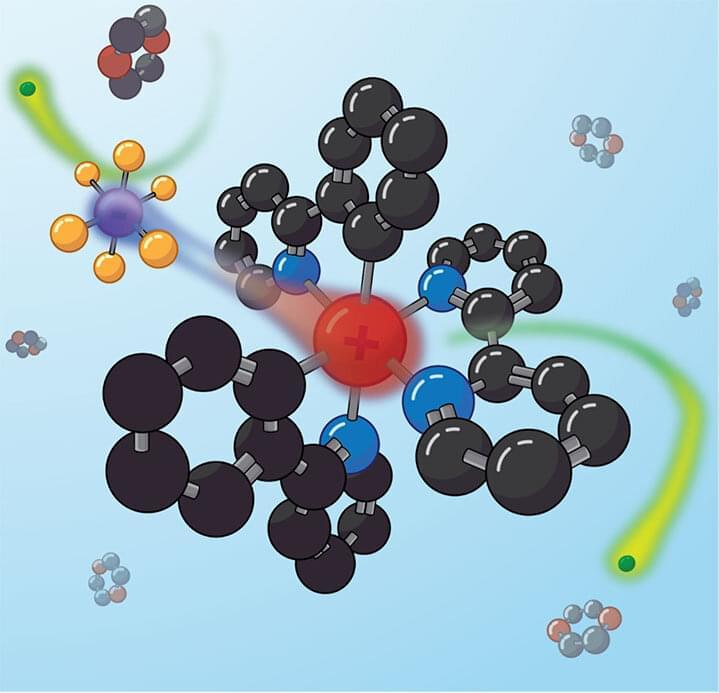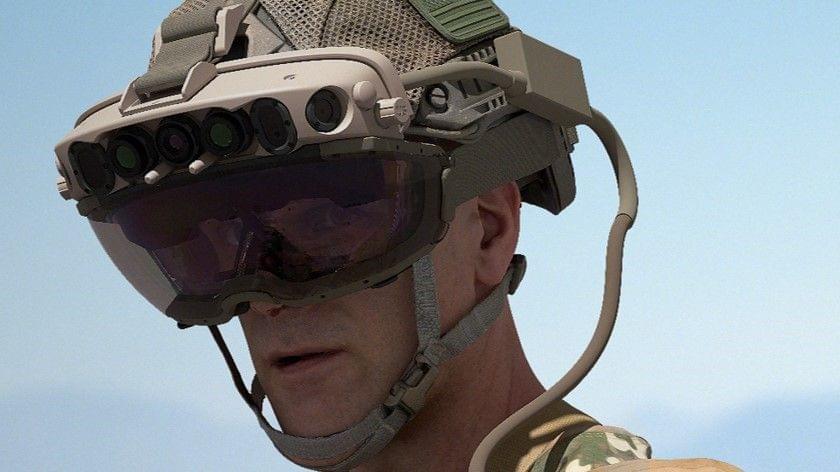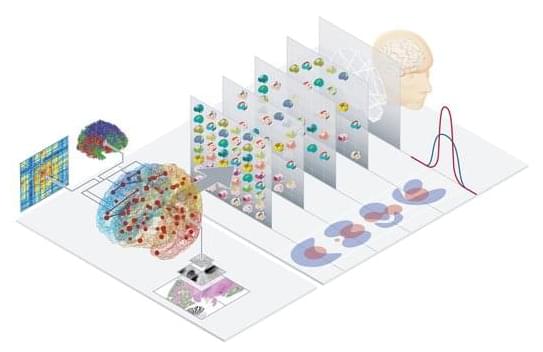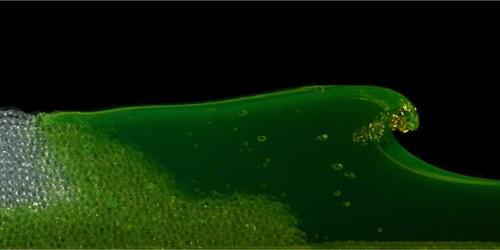Visit https://brilliant.org/Veritasium/ to get started learning STEM for free, and the first 200 people will get 20% off their annual premium subscription. Digital computers have served us well for decades, but the rise of artificial intelligence demands a totally new kind of computer: analog.
Thanks to Mike Henry and everyone at Mythic for the analog computing tour! https://www.mythic-ai.com/
Thanks to Dr. Bernd Ulmann, who created The Analog Thing and taught us how to use it. https://the-analog-thing.org.
Moore’s Law was filmed at the Computer History Museum in Mountain View, CA.
Welch Labs’ ALVINN video: https://www.youtube.com/watch?v=H0igiP6Hg1k.
▀▀▀
References:
Crevier, D. (1993). AI: The Tumultuous History Of The Search For Artificial Intelligence. Basic Books. – https://ve42.co/Crevier1993
Valiant, L. (2013). Probably Approximately Correct. HarperCollins. – https://ve42.co/Valiant2013
Rosenblatt, F. (1958). The Perceptron: A Probabilistic Model for Information Storage and Organization in the Brain. Psychological Review, 65, 386–408. – https://ve42.co/Rosenblatt1958
NEW NAVY DEVICE LEARNS BY DOING; Psychologist Shows Embryo of Computer Designed to Read and Grow Wiser (1958). The New York Times, p. 25. – https://ve42.co/NYT1958
Mason, H., Stewart, D., and Gill, B. (1958). Rival. The New Yorker, p. 45. – https://ve42.co/Mason1958
Alvinn driving NavLab footage – https://ve42.co/NavLab.
Pomerleau, D. (1989). ALVINN: An Autonomous Land Vehicle In a Neural Network. NeurIPS, 1305-313. – https://ve42.co/Pomerleau1989
ImageNet website – https://ve42.co/ImageNet.
Russakovsky, O., Deng, J. et al. (2015). ImageNet Large Scale Visual Recognition Challenge. – https://ve42.co/ImageNetChallenge.
AlexNet Paper: Krizhevsky, A., Sutskever, I., Hinton, G. (2012). ImageNet Classification with Deep Convolutional Neural Networks. NeurIPS, (25)1, 1097–1105. – https://ve42.co/AlexNet.
Karpathy, A. (2014). Blog post: What I learned from competing against a ConvNet on ImageNet. – https://ve42.co/Karpathy2014
Fick, D. (2018). Blog post: Mythic @ Hot Chips 2018. – https://ve42.co/MythicBlog.
Jin, Y. & Lee, B. (2019). 2.2 Basic operations of flash memory. Advances in Computers, 114, 1–69. – https://ve42.co/Jin2019
Demler, M. (2018). Mythic Multiplies in a Flash. The Microprocessor Report. – https://ve42.co/Demler2018
Aspinity (2021). Blog post: 5 Myths About AnalogML. – https://ve42.co/Aspinity.
Wright, L. et al. (2022). Deep physical neural networks trained with backpropagation. Nature, 601, 49–555. – https://ve42.co/Wright2022
Waldrop, M. M. (2016). The chips are down for Moore’s law. Nature, 530144–147. – https://ve42.co/Waldrop2016
▀▀▀
Special thanks to Patreon supporters: Kelly Snook, TTST, Ross McCawley, Balkrishna Heroor, 65square.com, Chris LaClair, Avi Yashchin, John H. Austin, Jr., OnlineBookClub.org, Dmitry Kuzmichev, Matthew Gonzalez, Eric Sexton, john kiehl, Anton Ragin, Benedikt Heinen, Diffbot, Micah Mangione, MJP, Gnare, Dave Kircher, Burt Humburg, Blake Byers, Dumky, Evgeny Skvortsov, Meekay, Bill Linder, Paul Peijzel, Josh Hibschman, Mac Malkawi, Michael Schneider, jim buckmaster, Juan Benet, Ruslan Khroma, Robert Blum, Richard Sundvall, Lee Redden, Vincent, Stephen Wilcox, Marinus Kuivenhoven, Clayton Greenwell, Michael Krugman, Cy ‘kkm’ K’Nelson, Sam Lutfi, Ron Neal.
▀▀▀
Written by Derek Muller, Stephen Welch, and Emily Zhang.
Filmed by Derek Muller, Petr Lebedev, and Emily Zhang.
Animation by Iván Tello, Mike Radjabov, and Stephen Welch.
Edited by Derek Muller.
Additional video/photos supplied by Getty Images and Pond5
Music from Epidemic Sound.
Produced by Derek Muller, Petr Lebedev, and Emily Zhang.





